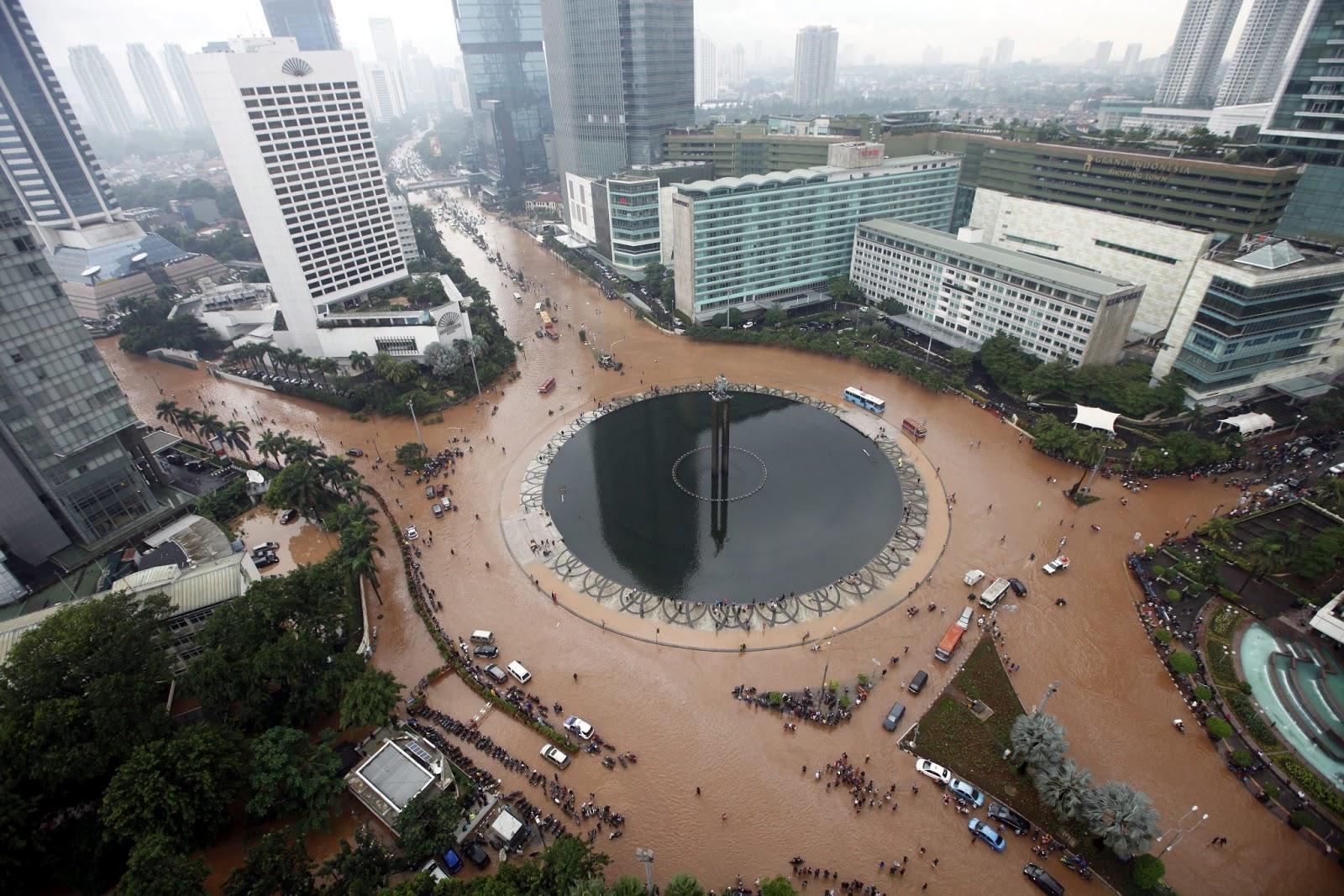Half of China’s Major Cities Are Sinking
Home to almost 1.5 billion people, China is the second most populated country on Earth. While millions of Chinese citizens live in the nation’s beautiful rural countryside, the vast majority reside in one of its 32 major cities.
But those citizens may be in trouble, because researchers have announced that nearly half of all China’s major cities are sinking due to both subsidence and rising sea levels.
The Rising Sea Level Rate
People all around the world have finally realized that the effects of climate change are not just an issue for future generations. They are happening right now.

Source: iStock
One of the most threatening results of this reality is that sea levels are rising all over the world. From thermal expansion to melting glaciers, water is slowly but surely creeping higher at a much faster rate than ever before. In fact, from 2022 to 2023, the global average sea level grew by 0.3 inches.
Science Paper Reports 40% of Land in China Is Sinking
Of course, this is concerning for countries and cities all over the world. However, according to a paper published in Science on April 18, 2024, it’s particularly dangerous for the The Middle Kingdom.

Source: Shutterstock
Researchers studied radar observations from satellites to track ground deformation across 82 cities in China, and “they found that about 40% of the land is undergoing moderate to severe subsidence.”
What Is Subsidence?
Essentially, while rising sea levels are worrying coastal cities everywhere, they are particularly dangerous in China because, simultaneously, their cities are sinking.

Source: Reddit
The paper didn’t focus its attention on the global rising sea levels but instead on the subsidence or “sinking of the ground because of underground material movement” throughout these cities. And what they found is unquestionably distressing.
45% of China’s Cities Are Sinking
The paper noted that while 40% of China’s land is experiencing subsidence, 45% of its urban landscapes are subsiding at a rate of more than 0.12 inches (3 millimeters) per year. Additionally, 16% are subsiding at more than 0.39 inches (10 millimeters) every year.

Source: iStock
According to their research, 29% of China’s urban population (about 920 million people) is currently affected by this subsiding. Without drastic changes, that percentage will be much higher over the next several decades.
Why Is China Sinking?
The researchers explained that they found two leading causes of China’s concerning subsidence: groundwater withdrawal and the weight of the cities’ buildings.

Source: Depositphotos
They wrote, “High-rise buildings are sprouting up, road systems are expanding, and groundwater is being used, all at a rapid pace.”
What Happens When Cities Sink?
What’s especially terrifying about subsidence is that it doesn’t just cause entire cities to sink concurrently. Instead, buildings sink one at a time and most often crumble to dust, while sinkholes appear below homes and on roadways.

Source: Shutterstock
Because of the high and ever-growing population of China’s coastal cities, these side effects of subsidence can and likely will cause extreme harm or even death to millions of people.
China Already Spends a Fortune Trying to Protect Its Cities From Subsidence
It’s important to note that while the figures from this paper are alarming, they are not necessarily new information. For years, China has been attentive to its subsidence problem and has spent a fortune trying to combat it.

Source: Depositphotos
On average, the Chinese government spends $1.04 billion (7.5 billion yuan) every year to safeguard its coastal cities and lands from sinking into the ocean. But what the newest research shows is that this simply isn’t enough.
China Can’t Lighten Its Buildings
At this point, there is to real way to “lighten” an urban landscape; the buildings are already constructed and in use by millions of people. However, there is something they can do to combat the growing subsidence problem.

Source: iStock
Experts believe that the only way for China to protect its coastal cities is to substantially cut back on groundwater extraction. The paper explained. “The key to addressing China’s city subsidence could lie in the long-term, sustained control of groundwater extraction.”
Subsidence Is a National Problem
Robert Nicholls from the Tyndall Centre for Climate Change Research at the University of East Anglia explained that this study is crucial because it shows that subsidence affects not just major cities like Beijing, Shanghai, or Tianjin, but nearly half the country.

Source: Freeimageslive
Nicholls said, “It really brings home that this is for China a national problem and not a problem in just one or two places.”
China Isn’t the Only Country Affected by Subsidence
Additionally, Nicholls pointed out that China is just “a microcosm of what is happening around the rest of the world;” subsidence is affecting cities and countries all around the world.

Source: Alamy
Tokyo, Japan, sank by 16 feet before it completely banned groundwater extraction in the 1970s, and Indonesia’s capital city of Jakarta is sinking so fast that experts believe it will be underwater by 2050.
26% of China Could Be Below Sea Levels by 2120
Currently, nearly 6% of China is already sitting below sea level, but without intervention, that number could increase to 26% in the next 100 years.

Source: Freepik
While the world’s governments are working tirelessly to combat the negative side effects of climate change, it’s now clear that China also needs to attend to its subsidence problem as soon as possible to ensure its cities stay afloat.
